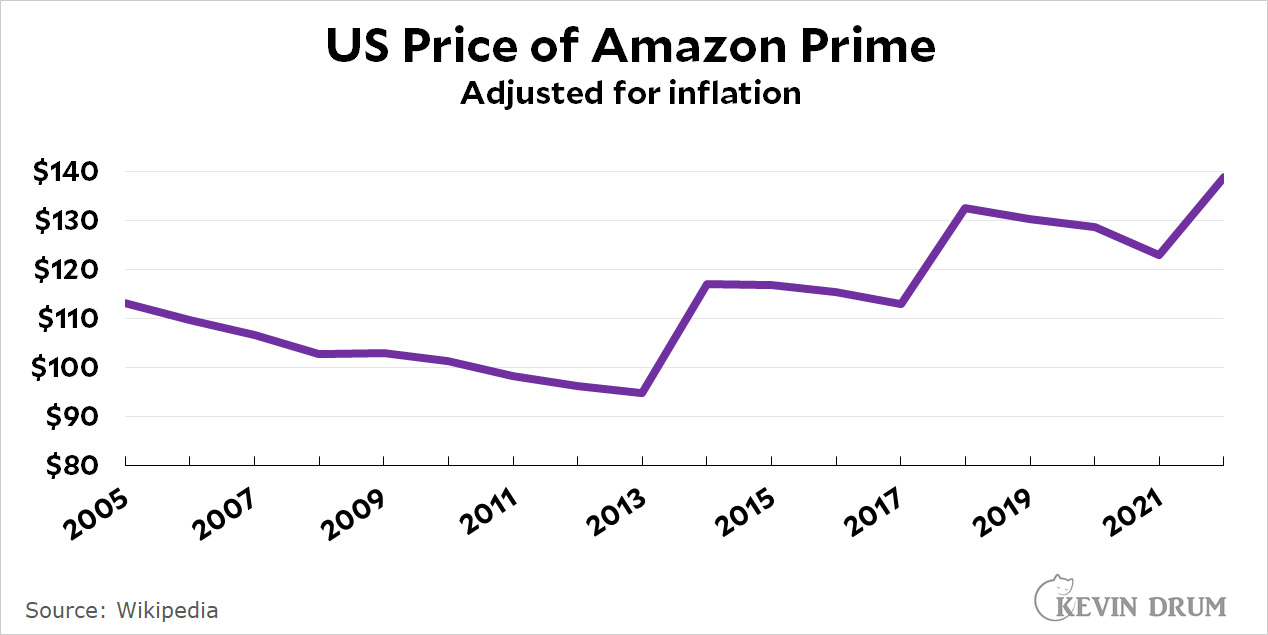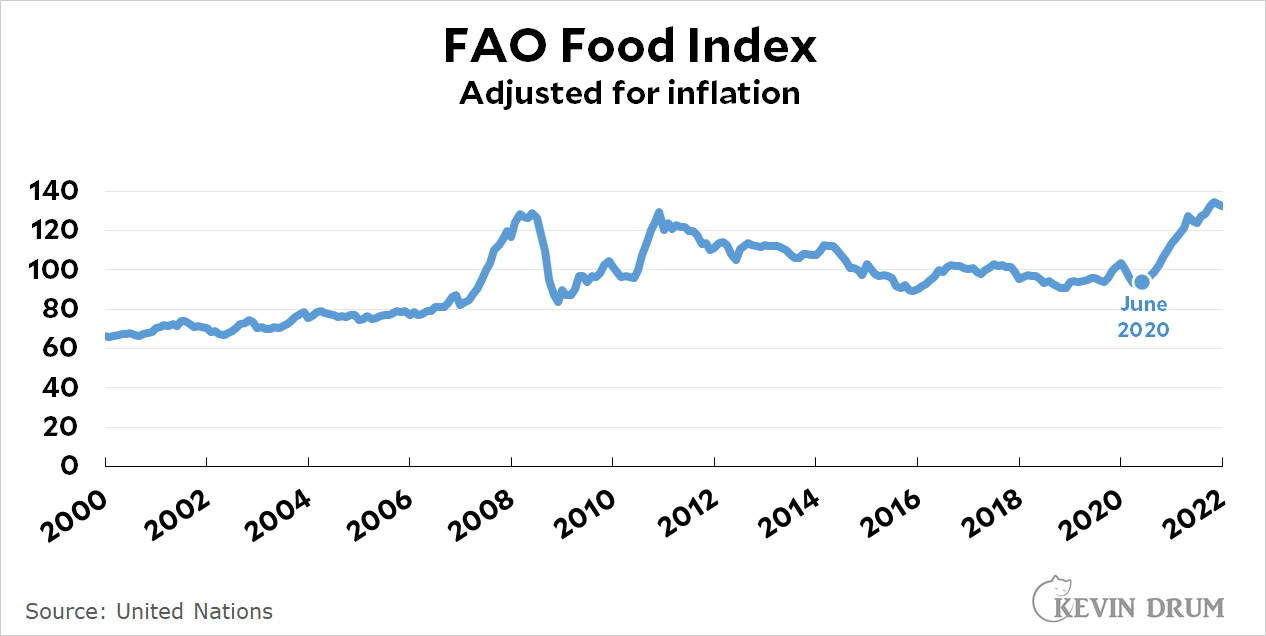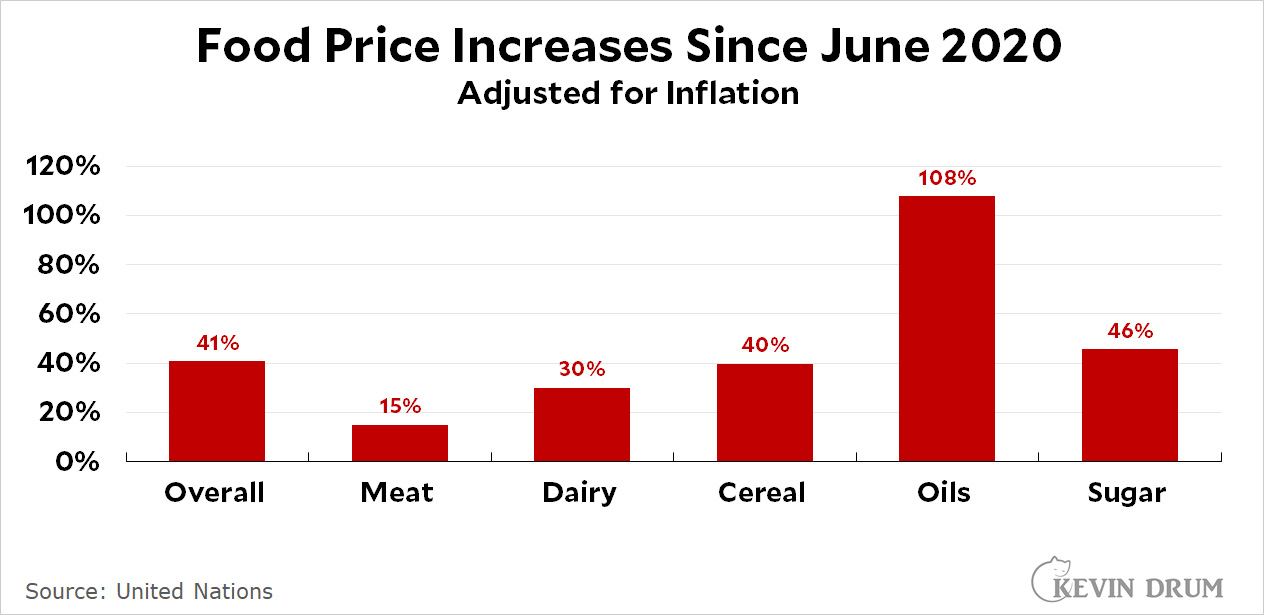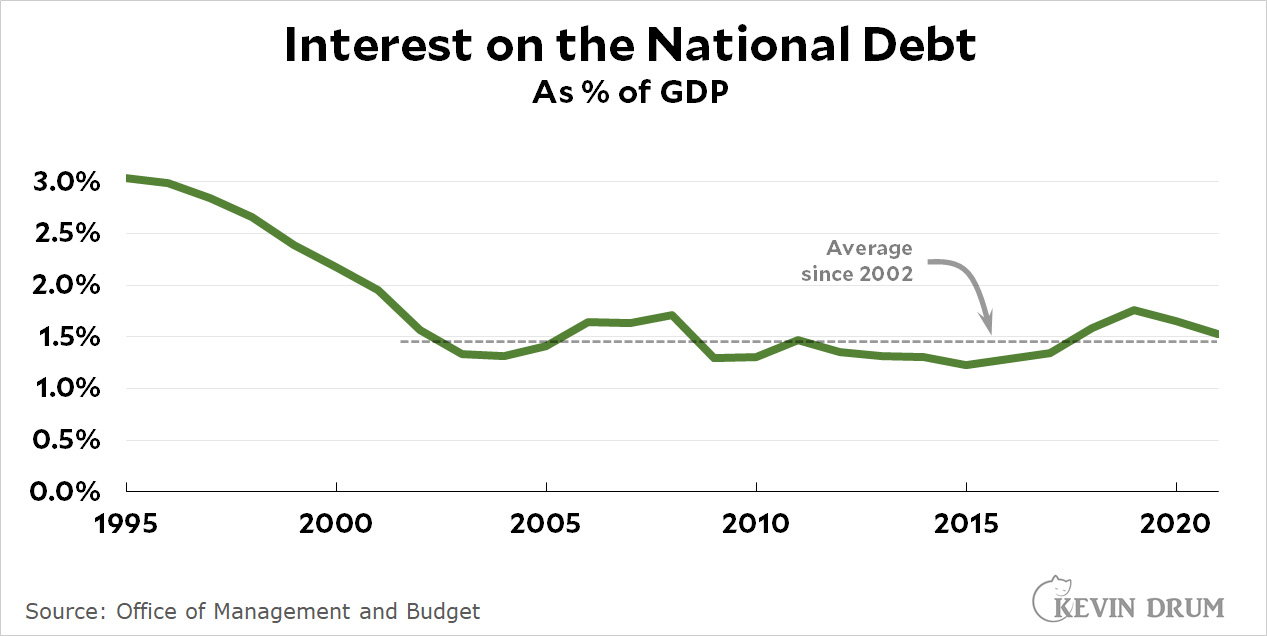Denmark is very different from the United States. It's small; its vaccination rate against COVID-19 is over 80%; and its citizens generally trust the government. That said, I still found it interesting to read a Twitter thread from Michael Bang Petersen, a professor at the University of Aarhus who advises the Danish government on pandemic policy.
The question he addresses is why Denmark has recently removed all pandemic restrictions even though case rates are very high. Petersen notes that there are reasons to think things are better than they look, but beyond that he's forthright about taking public opinion into consideration:
Despite this, a clear majority of the public supports removing all restrictions (https://t.co/VwDC41OX7E). A minority (28 %) is concerned. (3/19) pic.twitter.com/dDOQYQqOkm
— Michael Bang Petersen (@M_B_Petersen) February 1, 2022
Also, in our @hopeproject_dk we have - every day - tracked feelings of societal threat (https://t.co/wztCRXyexF). They have been dropping sharply the last month and are at the lowest point we have measured. (4/19) pic.twitter.com/CE8IOmt1dj
— Michael Bang Petersen (@M_B_Petersen) February 1, 2022
Petersen then makes a fairly conventional argument about the costs and benefits of imposing restrictions:
Should Denmark wait until all concerns have been settled? Maybe. But waiting is not free. It has costs in terms of the economy, well-being and democratic rights. Balancing these is an explicit part of the Danish strategy....Our research shows that these costs generate pandemic fatigue, which fuels distrust.
Should your country also turn the responsibility to people themselves? It depends on the epidemic & public preferences. But this shows how trust & solidarity entails an acceptance of costs, allowing society to act in agreement. Both when closing down & when opening up.
In the US this would have to be done on a state-by-state basis, but otherwise our issues are similar. The difference is that in the US we decide on pandemic policy by yelling and screaming and taking sides in a vast tribal war. In Denmark they do it by polling the citizenry and asking health authorities to take that into account.
The funny thing is that I'll bet both methods come to similar conclusions. In places were people don't want strict COVID rules, they don't have them. In places where they do, they do. The big difference is that Danes prefer a calm, technocratic approach to getting there while we apparently think it's more fun to burst a few national blood vessels on our way to letting the people decide. I guess every country has to be true to its national character.








